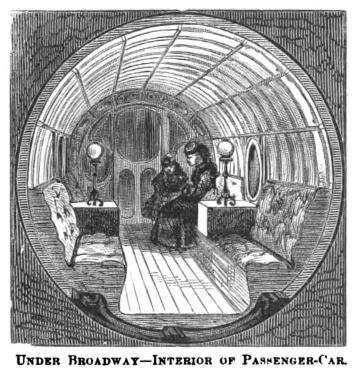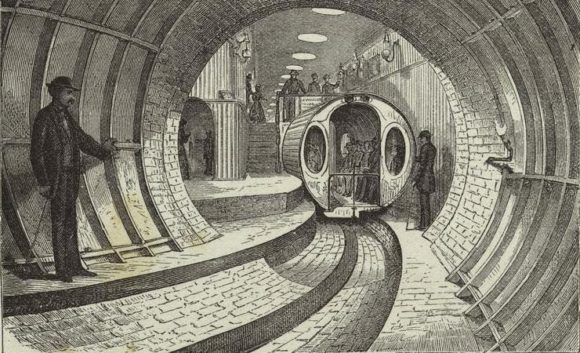Still lives of meals from scenes in literature…
Ah! These make for a most fantastic guessing game!
From which book does this meal hail? (Clue in the caption)–

From ‘Fictitious Feasts’, work about food scenes in literature. Here the memory of the avocado crabmeat salad, with the bell jar, symbol of death and despair, from the American novel…
From Featureshoot.com,
Spellbinding Photos of Meals from Classic Books
by Ellyn Kail
“Paris photographer Charles Roux describes his boyhood self as “a lonely kid that filled his life – and his voids- with literary fiction.” In this way, you could say Fictitious Feasts began in the artist’s early years, when he was curled up with a book, turning the pages and imagining the worlds inside them.
Growing up, he always had a vivid and visceral picture in his head of Alice’s tea party in Wonderland, the dinner table at the Ramsay house in Virginia Woolf’s To the Lighthouse, Gregor Samsa’s wretched pile of rotting food, left on the floor each morning by his sister Grete in Kafka’s The Metamorphosis. As an adult and still life photographer, he had the means to bring these scenes to life.
Food, Roux suggests, has a hallowed place in the literary realm. Meals become metaphors; the real magic is in the mundane. For Fictitious Feasts, the photographer started with the books. Some, like the madeleines from Remembrance of Things Past and the porridge stolen by Goldilocks from the Three Bears, popped into his head instantly. Others took more time to recall and dig up. He read and reread the classics, jotted down notes, and sketched out table settings…”
For the rest, click here.
Share


